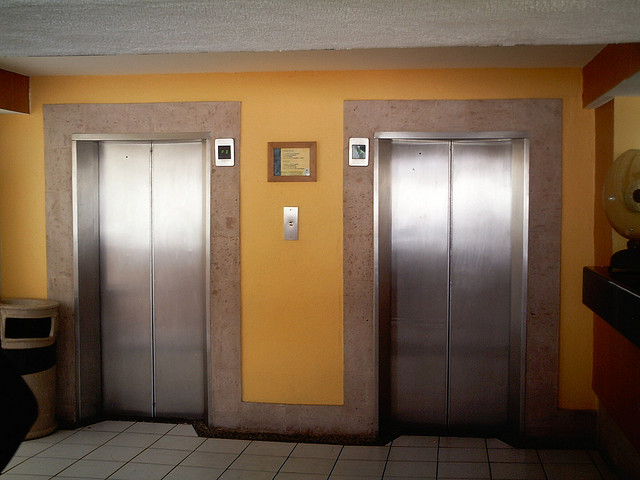Autonomous Etiquette
If there’s one thing that intrigues me, it’s how different things work in different parts of the world. Let me illustrate this with elevator and waiting room etiquette.
If you live in the US or the UK, and you step into an elevator or into a waiting room, you say nothing. You walk in, stare at the ground or away from any human in potential view and wait for it to all the discomfort just go away. This is not the case in some places in Central Europe.
There you are, you have to take your kid to the podiatrist and it’s on the 4th floor and you’re sure as hell not taking the stairs because you’re hungover. In you go. You’re then stopped on the second floor at which point some old guy with an exceptionally bushy moustache walks in, looks you in the eye and then greets you with, “Good day.” You walk into the podiatrist office and you then say good day to room at large because reasons and then everyone sitting returns the favour. You then sit down. Different strokes, different folks.

Elevators and waiting offices have been around for a while. These various behaviours evolved over decades into whatever the hell we have today for what used to be called manners. As technology progresses lickety-split, when our heads stop spinning and we have a minute to breathe between device induced panic attacks we will also find ourselves having new etiquette for these new technologically created situations.
For instance, let’s take this scenario that gets thrown around about the autonomous, ride-sharing car that people are getting into and out of all the time. Does it work like an elevator or a bus? The real issue with driverless and shared cars is not going to be whether or not they’re safe, but how awkward the conversation will be when you get into one. What if the other person farts? Can a parent threaten their kids to turn it around? What happens, which invariably will if these things ever hit our city streets, when someone gets in the autonomous ride-share completely wasted? Does everyone then pretend that this guy is not hammered but the cut their ride short while booking another? Would any of this be automated somehow?
I don’t have any answers, but I would love to try and figure some out. This is where I think designers and technologists should be thinking, not just application of a thing, but also the wider implications for society and culture.
